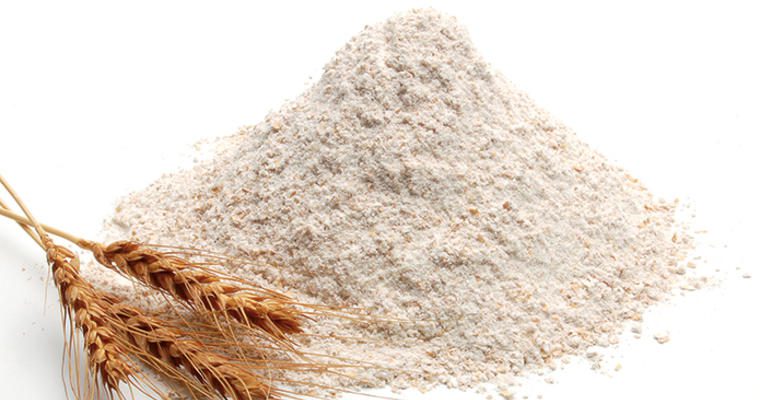Every segment of the food service industry is seeing a rapid rise in the use of whole grains on the menu. Schools are now required by the federal government to use whole grains at every meal. Restaurants, even fast-food establishments, are featuring “ancient grains” due to the demand for healthier options when dining out. And many healthcare facilities now have wellness initiatives which influence the foods they’re serving campuswide, often including healthy, whole-grain options.
What Is a Whole Grain?
Whole grains or foods made from them contain all the essential parts and nutrients of the entire grain seed in their original proportions. If the grain has been processed (i.e., cracked, rolled, or cooked), the food product must be manufactured to deliver the same balance of nutrients that are found in the original grain seed.
In other words, whole grain means that 100% of the original kernel—all of the bran, germ, and endosperm—are present.
Well-Known Whole Grains:
- Brown rice
- Oats
- Whole-wheat flour
- Rye flour
- Barley
- Corn
Other Whole Grains, Often Called “Ancient Grains”:
- Buckwheat
- Bulgur (steamed and dried cracked wheat)
- Farro
- Spelt
- Millet
- Quinoa
What Are Ancient Grains?
Spelt and quinoa aren’t older than oats or regular wheat; they’re just harder to find, and they’ve been relatively neglected by crop breeders. Each ancient grain offers a variety of nutrients and potential health benefits. And many of these grains happen to be gluten-free, which is part of their recent rise to fame.
Health Benefits of Whole Grains
Whole grains have been shown to improve and maintain health in a variety of ways. Some of the most common benefits include:
- Digestive health: The fiber in whole grains helps prevent constipation and diverticular disease.
- Diabetes/Weight Control: Whole grains are digested more slowly than refined grains, which has beneficial effects on blood sugar and satiety.
- Heart health: Eating whole grains lowers total cholesterol, LDL (“bad”) cholesterol, and triglycerides.
Tips on How to Add Whole Grains to Your Menu
Whole grains can be easily incorporated onto your menu. Try some of the following ideas:
- Substitute half the white flour with whole wheat flour in your regular recipes for cookies, muffins, quick breads and pancakes.
- Replace one-third of the flour in a recipe with quick oats or old-fashioned oats.
- Add cooked wheat or rye berries, wild rice, brown rice, sorghum or barley to your favorite canned or homemade soup.
- Use whole corn meal for corn cakes, corn breads and corn muffins.
- Add three-quarters of a cup of uncooked oats for each pound of ground beef or turkey when you make meatballs, burgers or meatloaf.
- Make risottos, pilafs, and other rice-like dishes with whole grains, such as barley, brown rice, bulgur, millet, quinoa, or sorghum.
- Try whole-grain breads. Kids especially like whole-grain pita bread.
- Look for cereals made with grains like kamut, kasha (buckwheat), or spelt.











